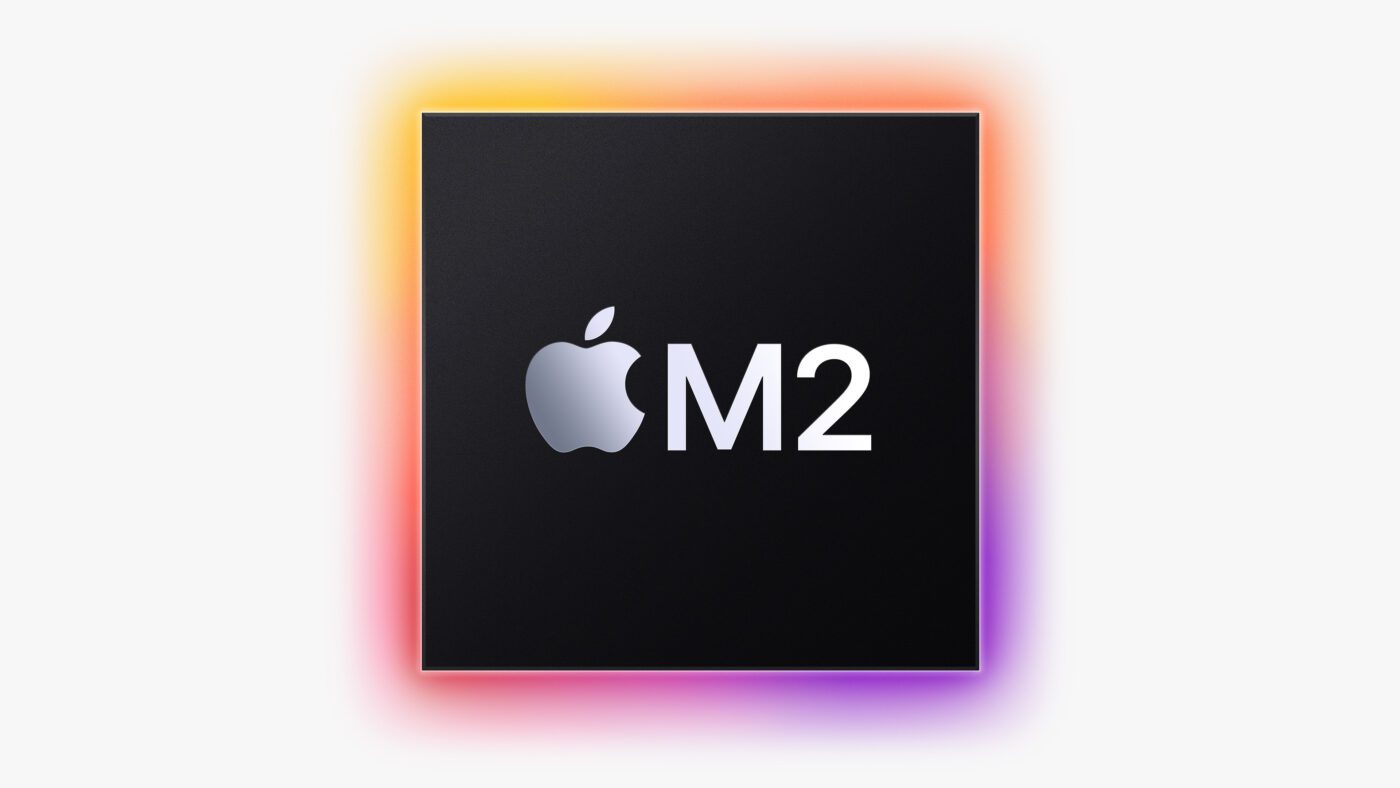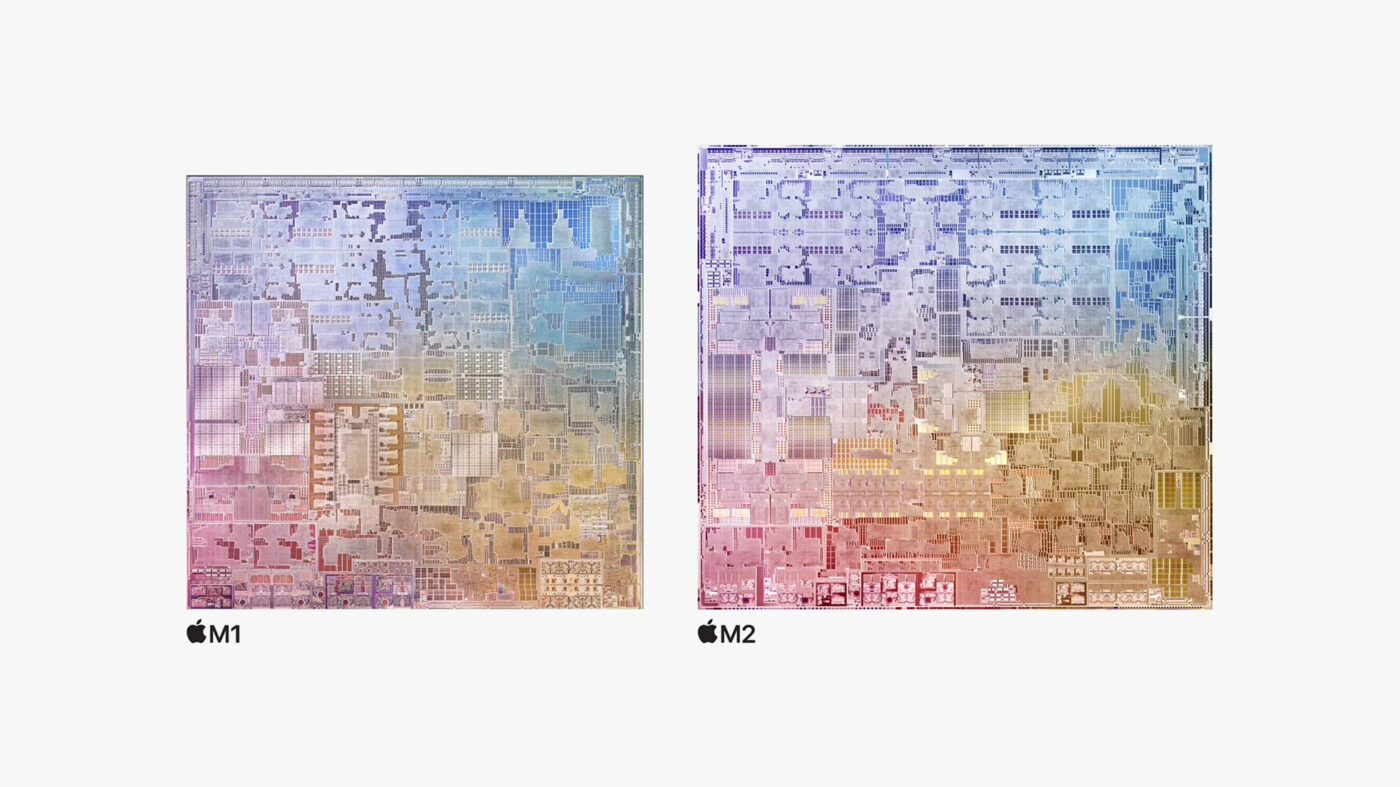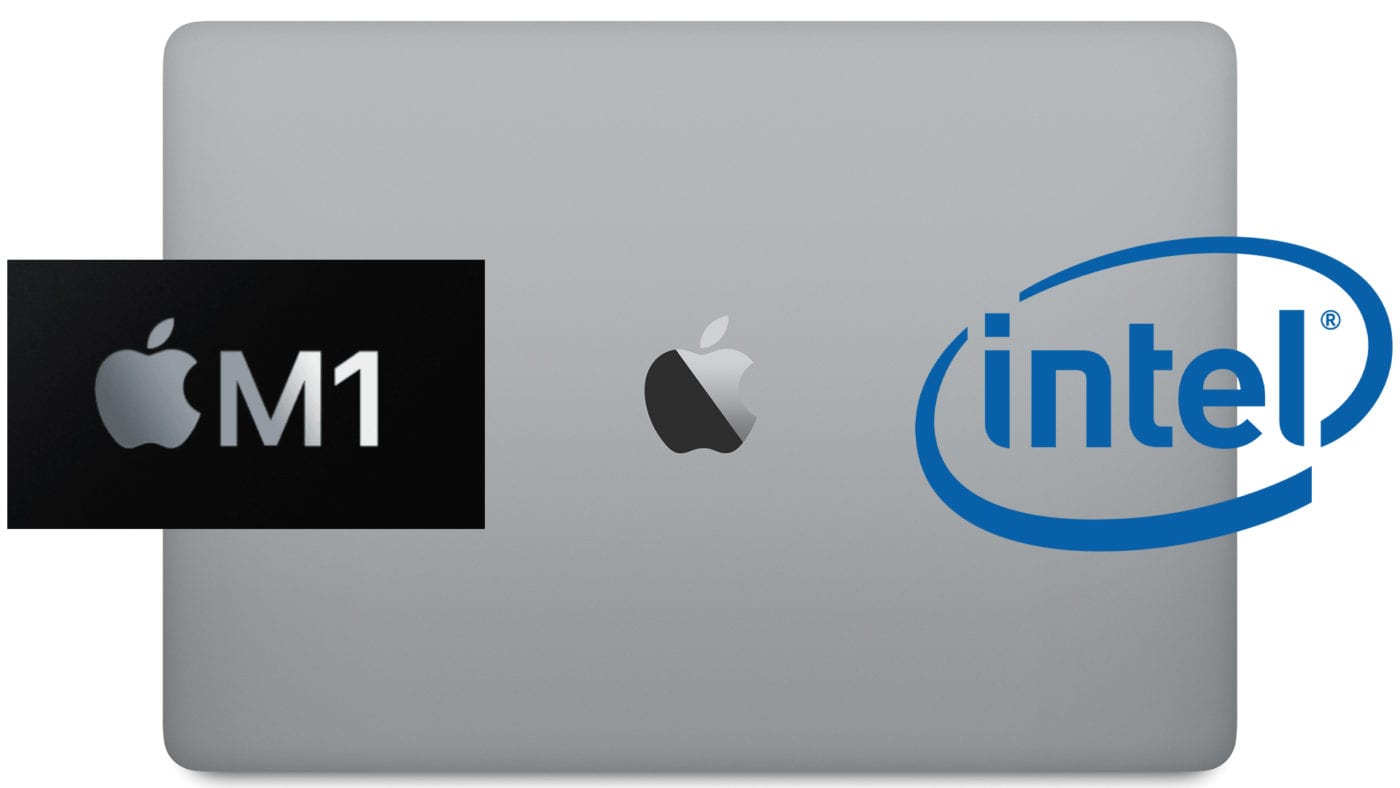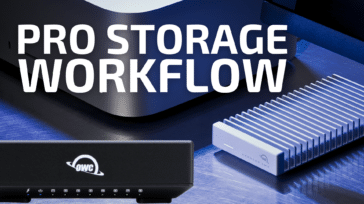
You’ve probably heard about the new Apple M2 chip and wondered when is the M2 chip release date? The wait is over. Apple says the newly redesigned MacBook Air and the refreshed MacBook Pro 13 utilizing these state-of-the-art Apple M2 chips are available to order now.
This is excellent news for users that have MacBook Air and MacBook Pro 13-inch computers with Intel processors. But what about users who have M1-based Apple computers? Just how fast are Apple M2 chips?
Digesting the hype
There’s a lot of hype surrounding the MacBook M2 chip, and it’s understandable. It’s a safe bet to say that the M2 chip specs are impressive, especially regarding speed. Previously, Apple’s M1 chip had its own time in the spotlight when first released. After all, the M1 chip does have some remarkable features—the M1 MacBook Air runs 3.5 times faster than the Intel version, and graphics performance is five times faster. In fact, benchmark tests found that users who have used the Intel MacBook Air and switched to the M1 Mac discovered that creative apps like Adobe Photoshop run about 80% faster.
But when we compare the M2 chip vs. M1, some strikingly notable advancements exist. For starters, the M2 chip Apple MacBook Air and M2 13-inch MacBook Pro are much faster and deliver better power-efficient performance. Apple M2 chips are 1.4x faster than the M1 and 15x faster than Intel-based MacBook Air options. They also have more memory, better security, and other great Apple next-generation custom technologies.
Apple M1 vs. M2

The cores of the Apple M2 chip and M1 differ. The M1 is based on Apple’s A14 Bionic processor. In contrast, the CPU of the Apple M2 chip is based on the A15 Bionic processor (fun fact: it’s the same CPU you’ll find in the iPhone 13 series).
M2’s system-on-a-chip (SoC) design gives it enhanced, second-generation 5-nanometer technology, which delivers increased speed and reduced power consumption. It also features 20 billion transistors, which is 25 percent more than the M1. With these additional transistors, users using a MacBook M2 chip get a computer with 50% more memory bandwidth than the M1. More transistors mean improved features throughout the Apple M2 chip.

The memory controller delivers 100GB/s of unified memory bandwidth, so an M2 Apple chip computer can access memory faster. Combine that with up to 24GB of configurable fast unified memory, and you can build a Mac that can tackle more extensive and even more complex workloads.
Better performance and efficiency for gamers and creatives
Like to create music and add layers of effects? Do you find yourself applying complex filters to photos? Apple M2 chips deliver faster, power-efficient performance. Compared to an M1, an Apple M2 MacBook Pro delivers the goods with 18 percent greater multithreaded performance.
And if you compare the M2 with a 10-core PC laptop chip, the M2 provides almost double the performance at the same power level, and it does all this while using a quarter of the energy of a PC-chip laptop. Less noise, less heat, better performance, what’s not to love?
Apple M2 chips also deliver a massive boost in graphics performance without draining too much power. It features Apple’s next-generation 10-core GPU. With a larger cache and higher memory bandwidth, the 10-core GPU boosts up to 25 percent higher graphics than M1 computers at the same power level. And at max power, M2 delivers up to 35 percent better performance.
Apple M2 chip computers deliver higher performance per watt. Users can play graphics-intensive games or edit massive RAW images on an Apple M2 MacBook Pro and enjoy longer battery life and a computer that runs cool and quiet.
Apple M2 chips feature Apple’s next-generation custom technologies, which makes multitasking a breeze. It has a Neural Engine that can process up to 15.8 trillion operations per second. That’s super-fast and over 40 percent more than M1 chips. And with its powerful ProRes video engine, users can playback multiple streams of both 4K and 8K video.
The bottom line
In the M2 vs. M1 debate, everyone wins, because both chips deliver impressive performance. But if you’re all about keeping up with the latest technology, the new M2 chip Apple computers deliver quantum leap performance and productivity for users.
Plus, users with M2 MacBook Pro and MacBook Air computers have access to the most extensive collection of apps ever. That includes access to iPhone and iPad apps and universal apps that can run on Mac. These silicon advancements are just the beginning—Apple M2 chips like M2 Pro, Mac, Ultra, and Extreme chips are just over the horizon. It’s impossible not to look forward to what’s next!
Ready to upgrade? Orders for Apple M2 MacBook Pro started on Friday, June 17 and M2 MacBook Air orders began Friday, July 8.
Benchmark test: https://9to5mac.com/2022/06/27/m2-speed/#:~:text=The%20benchmarks%20show%20that%20the,is%20up%20by%20around%2019.45%25.










When is the M2 Mac mini coming out?
Hi Anon. Apple hasn’t announced an M2-powered Mac Mini, but one is rumored to be in the works. It’s expected to keep the same form factor as the M1-powered machine. As soon as that machine is announced we’ll have coverage here on Rocket Yard. Thanks for reading!